Underwater Wealth: The Life and Future of the Deep Sea
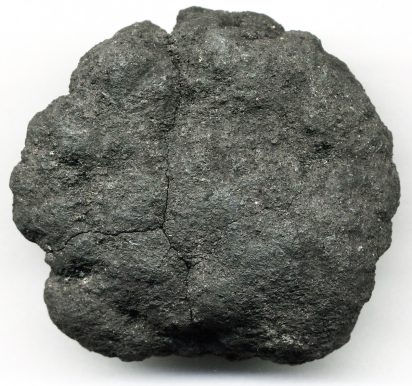
The abyssal zone lies 15,000 feet below the ocean surface and is a cold, dark place. Barring the occasional oceanic trench, this zone is the deepest part of the ocean and covers roughly 83% of the seafloor. Temperatures hover just above freezing, water pressure is 750 times greater than that at the surface, the last rays of sunlight fade out thousands of feet above, and oxygen is virtually nonexistent.
Read moreThe Irreversibility of Shrimp Aquaculture in Bangladesh
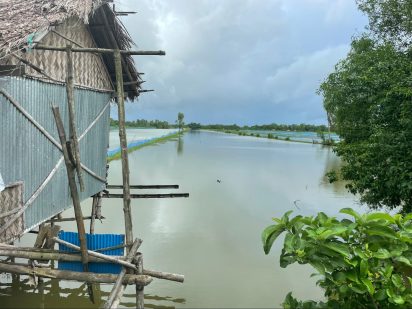
This summer, my mother and I visited Bangladesh for the first time in 17 years; she joined me after my fieldwork had ended, as she too, was yearning to see family after such a long separation. I asked her to show me around her home district, where I toured my grandfather’s village for what was the first and likely only time in my life.
Read moreThere’s More to (Bio)diversity: Expanding the Marine Science Community
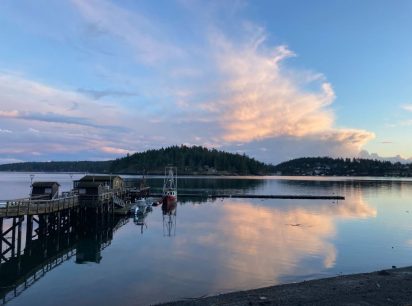
For those of us lucky enough to work in the marine sciences, the camp-like research stations dotting the world’s coastlines often have a special place in our hearts. These stations are collections of laboratory and classroom spaces that host an ever-shifting community of scientists, both budding and well-established.
I’ve been lucky enough to live and work at three different marine stations.
Diving Deeper into NOAA Science Camp
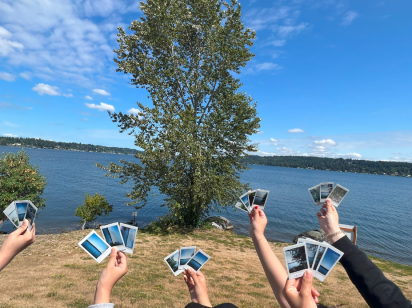
Summers, science, and camps—oh my! For the last 20 years, Washington Sea Grant (WSG), NOAA’s West Coast offices, and Pacific Northwest marine education organizations have teamed up each July to host the annual NOAA Science Camp. One might ask, “What is NOAA Science Camp?”, and after spending the last year learning exactly that, I’m here to tell you all about it.
Read moreWelcome to Currents: Meet the Executive Board
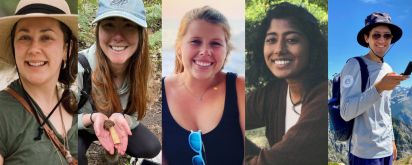
Welcome to Currents: A Student Blog for the 2023–2024 school year! As the new executive board, we can’t wait to see what this year has in store for SMEA students and our readership. We’re excited to bring you another school year of incredible and informative articles, and what better way to start than to meet the second-year students behind the curtain?
Read moreImmersing Oneself in Washington’s Summer Wonders
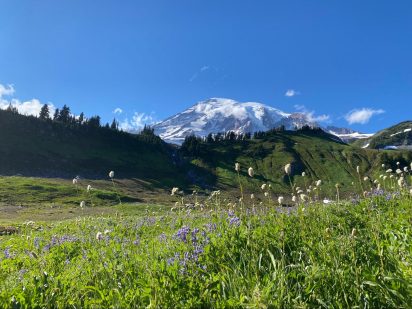
The countdown is over, and summer is here — a season brimming with sunshine, outdoor adventures, and ice cream treats. In Seattle, warmth filled the air earlier than usual this year with record temperatures in mid-May. With warmer weather and more personal time, I am motivated to refocus on my physical well-being by engaging in outdoor activities. I also look forward to soaking in the sun as the serotonin boost increases my happiness and betters my mood, restoring my mental health.
Read moreThe Necessity of Patience, Collaboration and Hope: Reflections on the West Coast Salmon Story
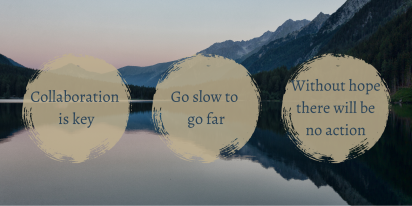
After a three-day graduate school orientation initiated my tenure at the School of Marine and Environmental Affairs (SMEA) Master’s program, I double checked that I had attended the correct sessions. The faculty presentations and conversations with my peers made it clear that these people cared a lot about fish. And I mean a lot. As someone who had never gone fishing (and still hasn’t) or felt any connection to fisheries, I was perplexed.
Read morePracticing Reciprocity in Graduate Research by Integrating Youth Engagement and Cultural Education
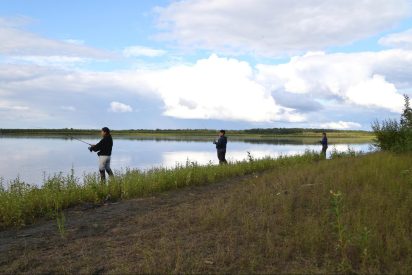
Our School of Marine and Environmental Affairs Capstone Project focused on understanding the impacts of erosion and flooding along the Kuskokwim River in Alaska. As a part of our weeklong visit to the area in August of 2022, we spent six days in the Akiak Native Community working and learning alongside students and their teachers as a part of the Yupiit School District’s Summer Culture Camp.
Read moreThe Art of Restoration: Connecting to Nature as We Mend Our Natural Landscapes
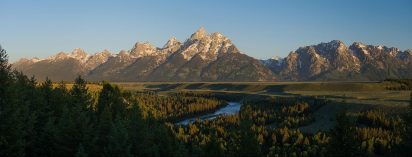
Early in 2014, March 22nd started as a day just like any other. While Seattle buzzed with city life some 50 miles away, it was a sleepy Saturday morning in the small rural town of Oso, Washington. And for Steelhead Haven — a tiny sub-community just a few miles away, tucked in a beautiful valley along the mighty Stillaguamish River — that morning was even more peaceful.
Read moreThe Fight against Extraction: Civil Disobedience in the Climate Movement

On January 18 of this year, Manuel Esteban Paez Terán, who went by the name Tortuguita, was shot and killed by police outside of Atlanta. Terán was an environmental activist protesting the construction of a $90 million police training facility referred to by protesters as “Cop City.” This training center is slated to be built in a section of the South River forest – a large area of urban greenspace surrounded by predominantly Black communities.
Read moreThe Buffa-Low-Down: the ecological past, present, and future of the American Bison
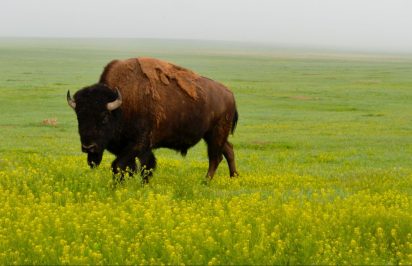
Note: I use bison and buffalo interchangeably. They are two different names for the same species, Bison bison. I grew up saying buffalo, but started using bison as I learned that some academics prefer to use bison.
I’ve always been fascinated by bison. I remember seeing them for the first time at the North Carolina Zoo, near where I grew up.
Underrated Activities to do with Your Visiting Parents
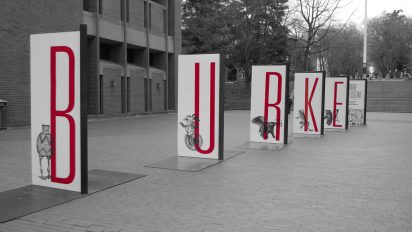
We’re halfway through the spring quarter and plans for summer break are on everyone’s mind. For some, summer break might bring an exciting new internship. For others, summer break might look like a string of outdoor adventures. Or maybe you’re like me and found out your parents are planning to come and visit – yikes!
I don’t know about you, but when my parents come to visit, I always have a sense of dread.
A SMEA Student’s Guide to Tidepooling in Seattle
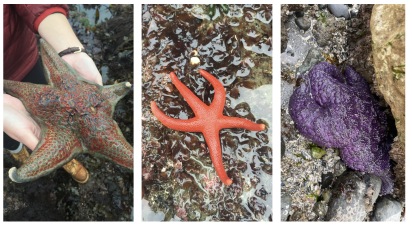
Spring in Seattle is well underway, with the promise of good weather and sunny days ahead. As we come out of our winter hibernations, what better way to celebrate longer, nicer days than to get outside and visit local wildlife? In Seattle, the perfect time to see subtidal marine critters in their natural habitat is in spring and summer when the lowest tides occur during peak daylight hours.
Read moreJourney Through the Oceans: A Reflection on the Parallels of Humpback Whale Migration and my Journey to SMEA
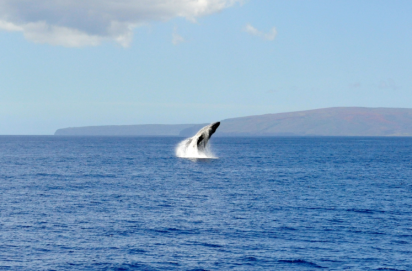
Born and raised in Puget Sound’s foothills, I was immersed in a childhood that had me on or near the region’s largest bodies of water, yearning to understand its power from a young age. The beauty, wonder, and serenity of the ocean’s ebb and flow, triumphant roll, and raw power was something I found myself connected to. When I wasn’t exploring the rocky coastline, camping in the state’s forested peninsulas, or plunging into the icy waters of the Salish Sea, I was lucky enough to spend time as a child with my grandmother along the shores of Maui.
Read moreFair Winds and Following Seas: Is Equity in the Breeze?
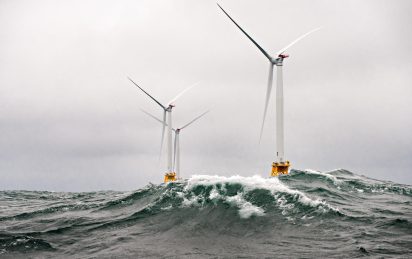
The authors of this piece recently attended the Northwest Offshore Wind Conference in Portland, Oregon. The Ocean NEXUS Center supported the trip. This piece reflects on lessons learned from that conference.
As offshore wind technology and projects have expanded over the last 30 years, the promised benefits from the technology are becoming clear. Ørsted, the world’s largest offshore wind company, propped up its first turbines with the approval of the Danish government in 1991.
Community Engagement and Adaptation: NYC’s East Side Coastal Resiliency Project
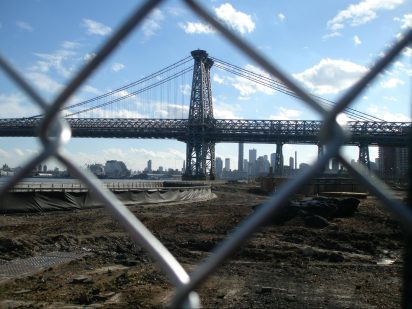
On October 29, 2012, the tri-state area (New York, New Jersey, Connecticut) found itself in the middle of a perfect storm. Hurricane Sandy had claimed 50 lives in the Caribbean and wreaked havoc traveling up the eastern seaboard. An unusual shift in the position of the jet stream pulled the hurricane unexpectedly onto land exactly during the peak high tide and under a full moon, which caused tidal heights to be even greater than usual.
Read moreReflections and Recommendations II: What is Kat Reading?
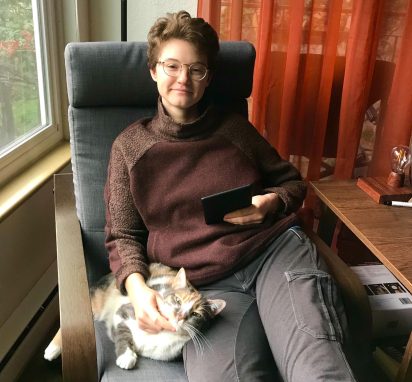
This article is a follow-up to a previous book recommendation list published by Husiak last year. For non-fiction recommendations covering environmental justice, marine science, and the natural world at large, click here!
–
This might feel contradictory coming from a graduate student steeped in science since my youth, but reading fiction is how I learn. It’s where I learn empathy. It’s where I learn persistence.
Sea Otter Reintroductions: A Complex Social, Ecological and Cultural Endeavor
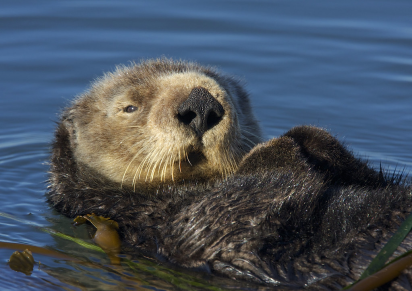
This article was originally published on the Cross-Pacific Indigenous Aquaculture Collaborative Network (IACN). This organization is a collaboration between Pacific-region Sea Grant offices, Northwest Tribes and First Nations, Native Hawaiian and Indigenous communities, organizations, and universities. The mission of this network is to advance Indigenous Aquaculture through the integration of communities, restoration, applied research, and education in an effort to bring together knowledge that ensures local and cultural seafood production in the Pacific.
Read moreMoney Doesn’t Grow on Public Lands: The Cost of Livestock Grazing in the American West
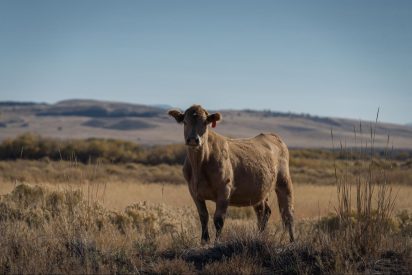
Author’s note: the following reflects my personal views, not necessarily the views of Friends of the Owyhee, a grassroots non-profit organization that aims to conserve the Owyhee bioregion in an inclusive, non-partisan way.
For most of my adult life I’ve wanted to work in conservation. Protecting and healing our natural world is an exciting cause that is particularly crucial with the effects of climate change hot on our heels.
Why Give A Dam About the Snake River
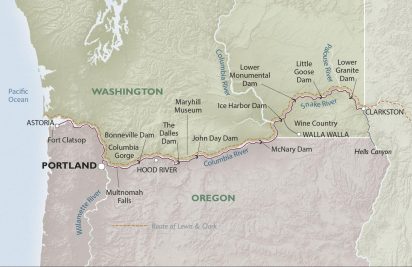
If you’ve ever driven through Seattle, chances are you’ve noticed signs on the lawns and in windows of homes that read “Free the Snake” or “Save Salmon, Stop the Extinction.” In recent years, these slogans have drawn attention to a key issue that threatens the survival of salmon stocks in Washington State: the lower Snake River dams (LSRDs).
The Snake River spans the borders of Washington, Oregon, Idaho, and Wyoming.